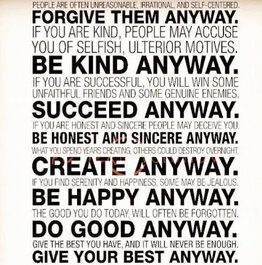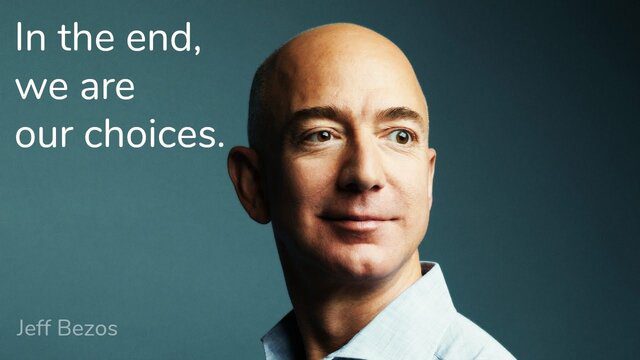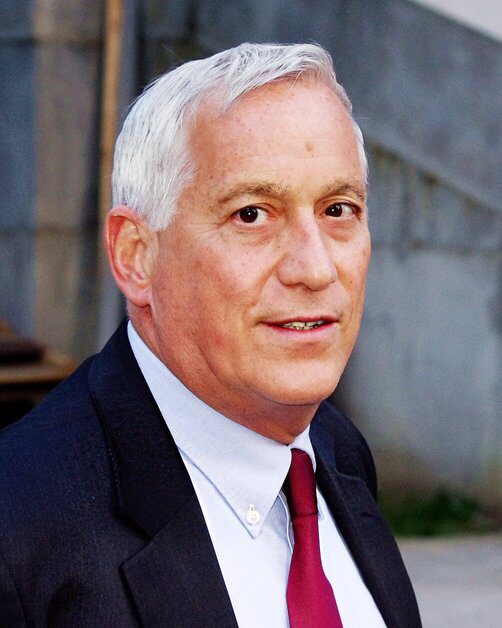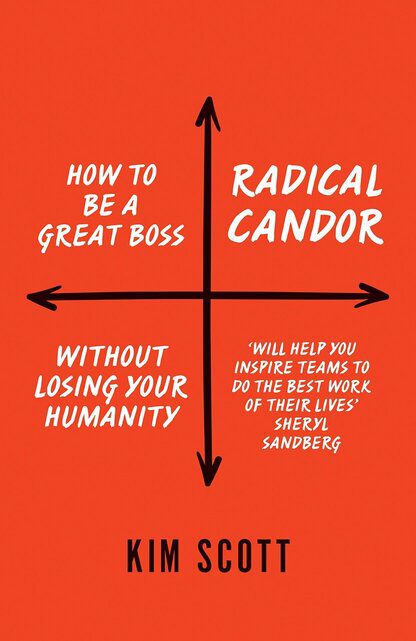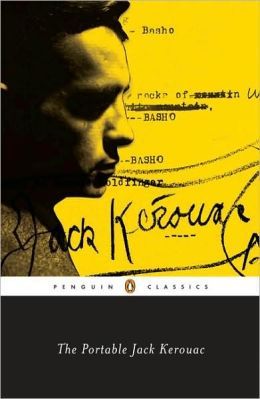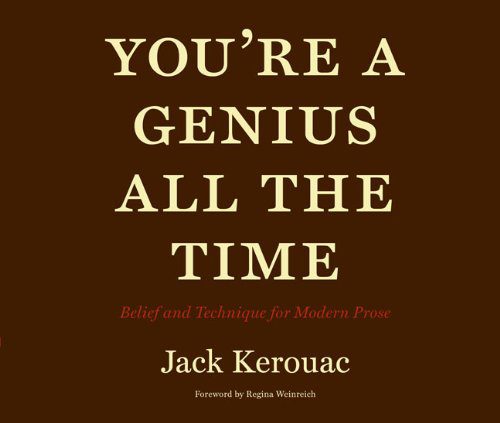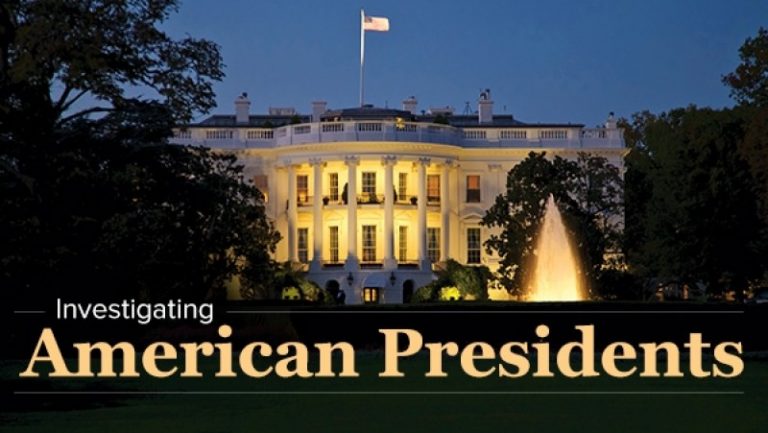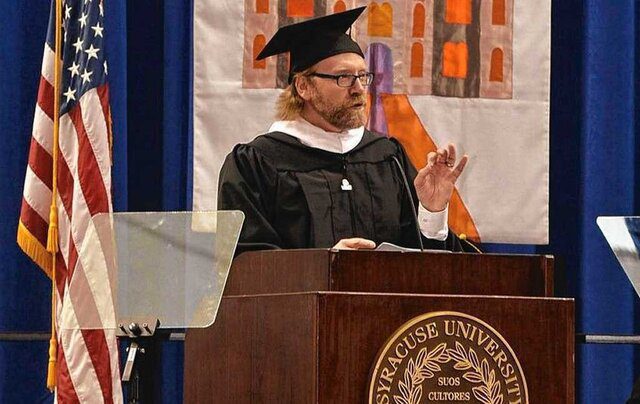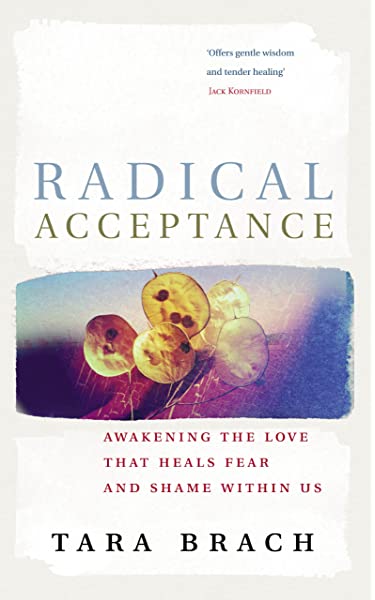Technology is always going faster than we can all catch up with, thanks in large part to factors such as Moores’s law and innovation. Moore’s law is the observation that the number of transistors in a dense integrated circuit doubles about every two years, which invariably halves computers’ cost.
The need to upskill and reskill in our rapidly changing world cannot be overemphasized, the machines are coming, and we all need to be ready for the disruption that would come with it. According to the World Economic Forum’s future of jobs report 2020:
In addition to the current disruption from the pandemic-induced lockdowns and economic contraction, technological adoption by companies will transform tasks, jobs, and skills by 2025.
- 43% of businesses surveyed indicate that they are set to reduce their workforce due to technology integration,
- 41% plan to expand their use of contractors for task-specialized work, and
- 34% plan to expand their workforce due to technology integration.
- By 2025, the time spent on current tasks at work by humans and machines will be equal.
- A significant share of companies also expect to make changes to locations, their value chains, and the size of their workforce due to factors beyond technology in the next five years.
WEF estimates that by 2025, 85 million jobs may be displaced by a shift in the division of labour between humans and machines, while 97 million new roles may emerge that are more adapted to the new division of labour between humans, machines and algorithms.
Here are 7 Upskilling platforms that could help every IT professional stay in touch with the latest innovation and technologies.

